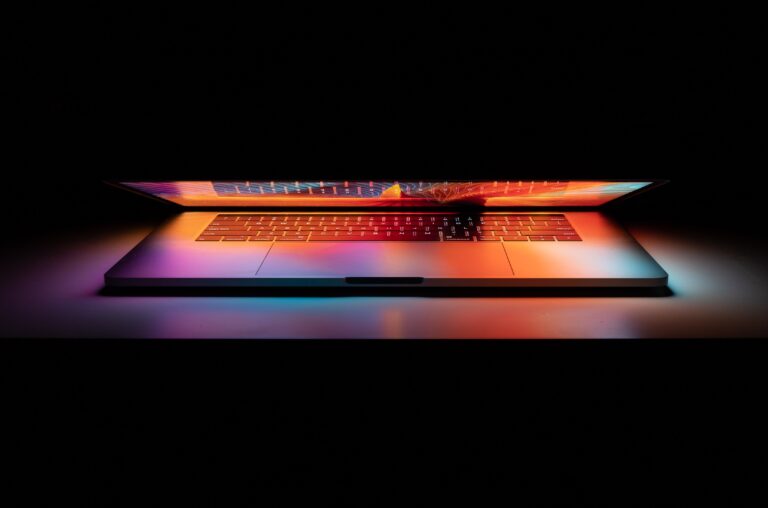How to See Recently Deleted Photos (5 Methods)

If you accidentally remove important Windows images, don’t panic. They may be recovered using standard Windows tools or free softwares. In this article we will show you 5 decent ways to recover recently lost photos.
How to See Recently Deleted Photos
If you mistakenly delete essential Windows images, don’t worry. They may be recovered using standard Windows tools or WinfrGUI, a powerful third-party software for Windows. This is a wonderful approach to recover deleted photographs.
WinfrGUI: Your Trusted Partner in Photo Recovery
Windows users may easily recover deleted pictures using WinfrGUI, a powerful yet simple program. This distinguishes WinfrGUI:
- Easy to Use: WinfrGUI simplifies repair. Its simple design lets anyone recover corrupted files and deleted photos.
- Comprehensive Recovery: WinfrGUI can recover all your data, whether you accidentally deleted images or lost data when your computer crashed.
- No cost: All Windows users can use WinfrGUI for free, unlike other recovery programs.
- Trustworthy Performance: Trust WinfrGUI to deliver. It thoroughly scans your system to recover as many deleted photographs as possible using advanced algorithms.
WinfrGUI can recover your images in these steps:
- Download and run WinfrGUI from the website.
- Launch the application and choose the disk to recover the deleted photos.
- Start the scan to let WinfrGUI search the disk for missing photos.
- WinfrGUI lists recoverable photos after the scan. Check the photos for accuracy.
- Select photographs to store and tell the application where to save them.
- Click “Recover” to begin recuperation. Relax and let WinfrGUI work.
Recover from the Trash Bin: Salvage Your Precious Memories
Have you accidentally erased photos and regretted it? Your photos may be in your computer’s Recycle Bin or Trash Bin, waiting to be found. Get them back this way:
- Find the trash or recycle bin: Find the desktop or file manager button. Double-click to open.
- To find deleted photos: Once in the Recycle Bin or Trash Bin, review the removed items. Search the old folders for important photos.
- Once you find the deleted photographs, right-click and select “Restore to Original Location.” To return them to your computer, click “Restore”.
Try Backup and Restore Option: Recoup Lost Memories with Ease
Windows provides a backup program that can save your data if you lose it. To recover deleted photos from previous backups, do this:
- To access the Control Panel: Search “Control Panel” in “Start”. Open it with “Enter”.
- Select System and Maintenance. Click “System and Maintenance” in Control Panel.
- Select “Backup and Restore” from “System and Maintenance”. The backup setup window appears.
- Select Past Backups: If you’ve been good, recent backups will be listed. Choose the best backup to recover your lost photos.
- Start recovery: Follow the screen directions to begin healing. Windows will help you recover lost photographs from your backup.
Recover Deleted Photos from Windows File History: Reclaim Lost Treasures with Ease
Windows 8 and 10’s strong File History backs up your stuff, including images, automatically. To recover lost photos, utilize it:
- Settings > File History: Windows users should search “File History” and select the right option.
- To find deleted photos: Search for missing photos in File History using the search bar.
- Select and restore: Find and choose the photographs to recover, then click “Restore”. Windows will let you reposition photos.
Connect with Your Cloud Provider: Retrieve Lost Photos from the Cloud
If you routinely store photos to the cloud, contact your cloud storage provider to retrieve them:
- Access cloud storage: Enter your cloud storage account with passwords.
- Find Backup: Find your cloud photo folder.
- Return a backup: Depending on your cloud storage provider, you can recover lost files or folders. Select the missing photographs and begin recovering.
How to Detecte Hard Drive Failure
Find the early signs of a hard drive that is about to fail so that your data stays safe and your computer runs for a long time. To find the most common symptoms and signs, do the following:
- Listening for Scratching Sounds: If you hear your hard drive scratching or clicking, it means that something is probably wrong. If you hear these sounds, it means that something is broken or not working right. You should fix it right away.
- Checking how fast you can get to files: If getting to files takes a lot longer than normal, your hard drive might be about to fail. It means there are issues with the drive’s read/write abilities if it takes a long time to read files or go to folders.
- Seeing Applications Crash: If you always see applications crash or freeze, there may be a problem with your hard drive. Often, a broken hard drive is to blame when apps won’t start or shut down all of a sudden. This is because the system isn’t stable or the info is broken.
Stay aware and take action to recognize these warning signals to correct hard drive problems before they become catastrophic failures, saving your data and extending system life.
Conclusion
In conclusion, recognizing the signs of a malfunctioning hard drive is crucial to protecting your memories. Scratching sounds, delayed file access, and software crashes might indicate hard disk issues, which can be fixed early. This article will help you protect your data and prolong the life of your system so you may enjoy your memories for years to come.
